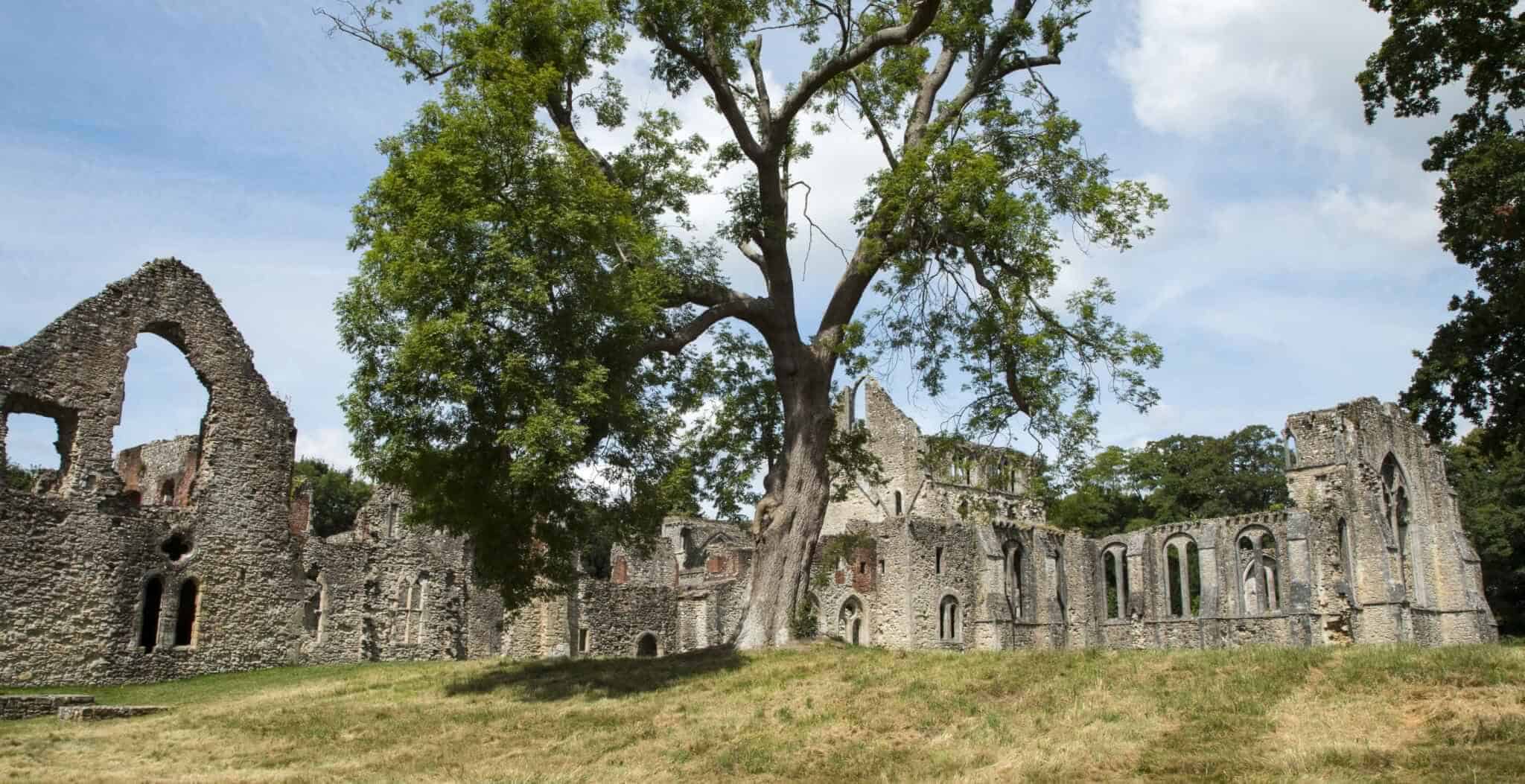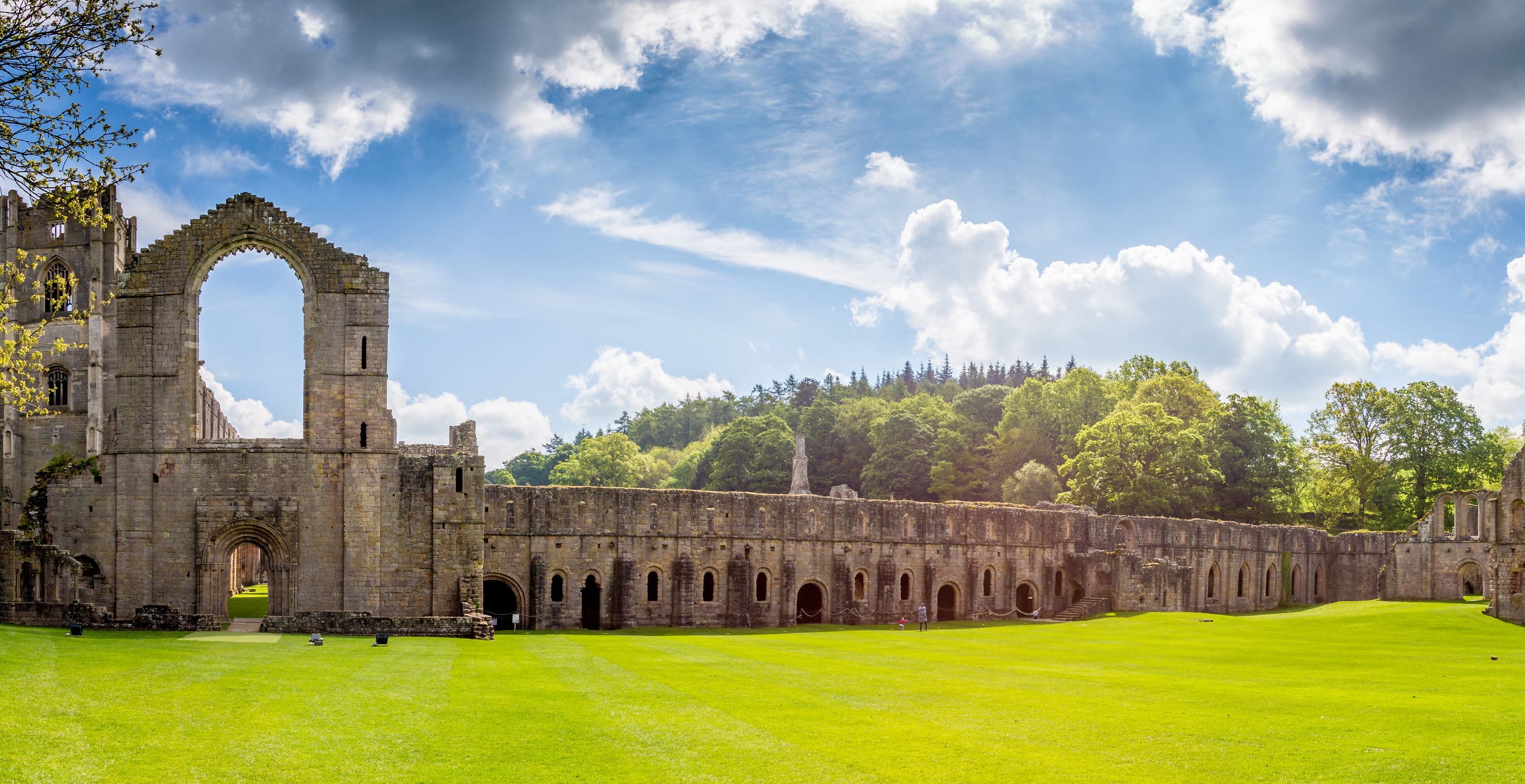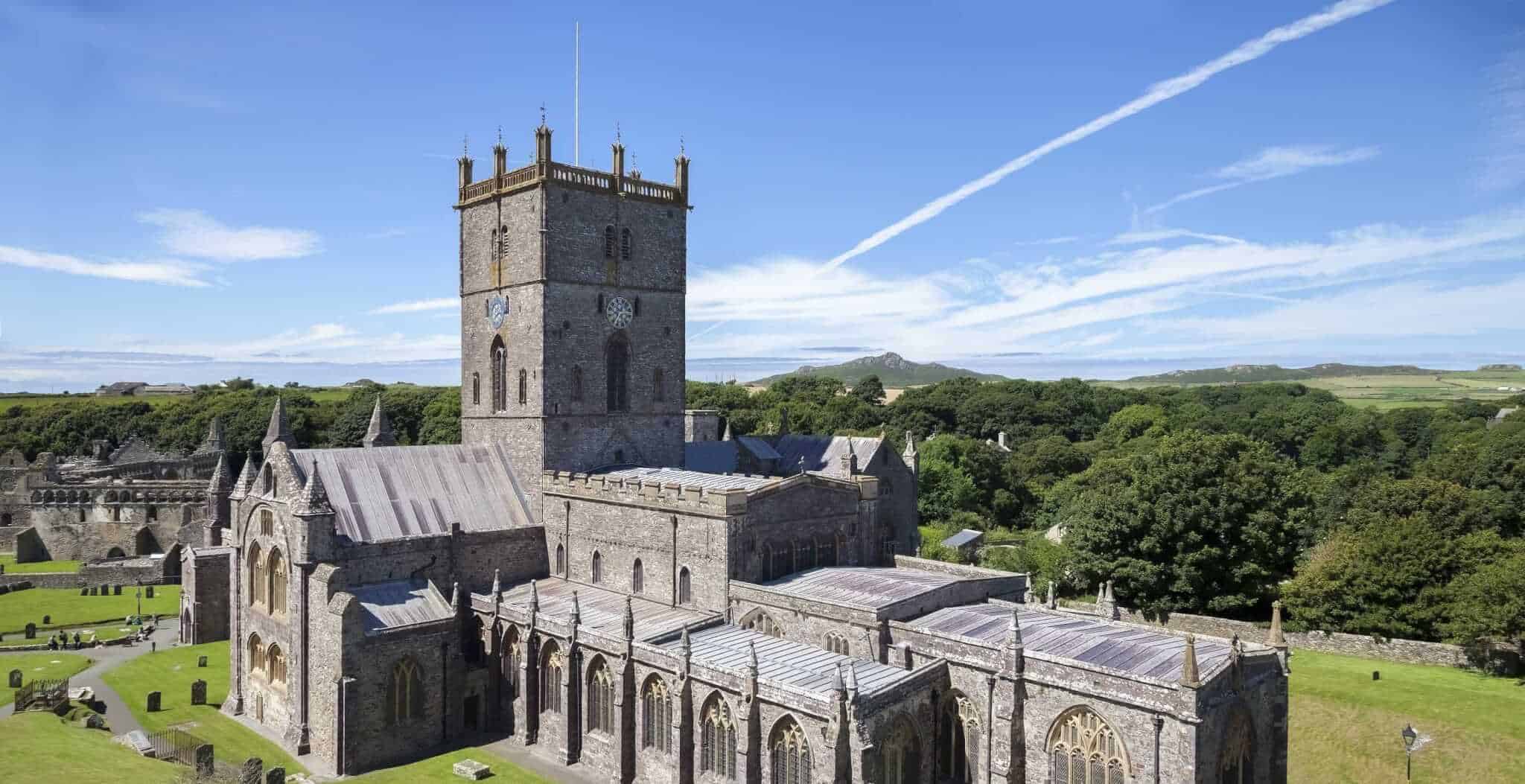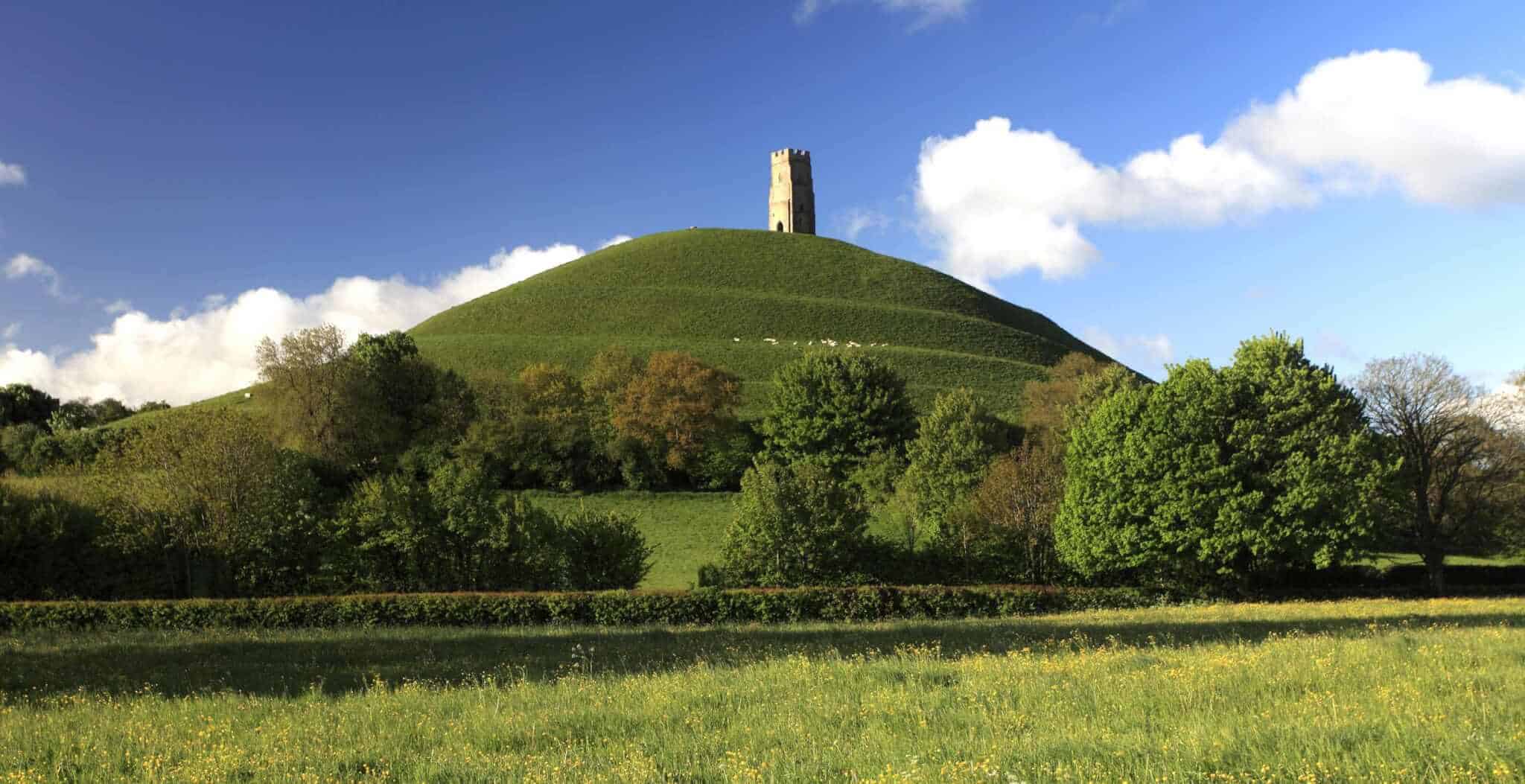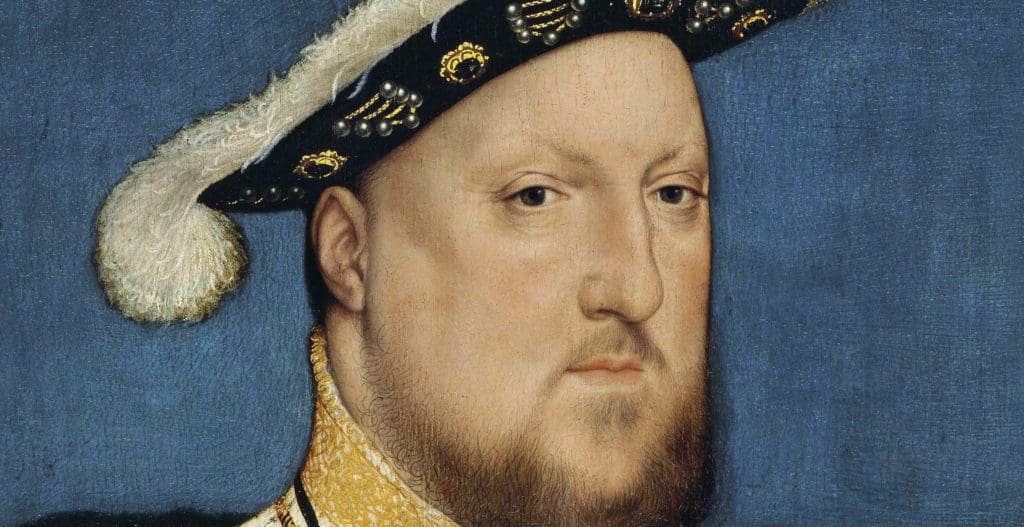The Reformation in Tudor England was a time of unprecedented change. One of the major outcomes of the Reformation was the destruction of the monasteries which began in 1536.
The Reformation came about when Henry VIII wished to divorce his first wife, Catherine of Aragon, who had failed to give him a male heir. When the Pope refused to grant the divorce, Henry set up the Church of England. The Act of Supremacy in 1534 confirmed the break from Rome, declaring Henry to be the Supreme Head of the Church of England.
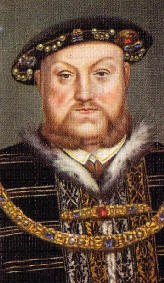
The monasteries were a reminder of the power of the Catholic Church. It was also true that the monasteries were the wealthiest institutions in the country, and Henry’s lifestyle, along with his wars, had led to a lack of money.
Monasteries owned over a quarter of all the cultivated land in England. By destroying the monastic system Henry could acquire all its wealth and property whilst removing its Papist influence.
The idea was not new. Thomas Cromwell had already helped Cardinal Wolsey dissolve monasteries in the past. First of all, a dossier was presented to Parliament outlining the corrupt morals of the clergy. Henry’s chief minister Cromwell then introduced the ‘Valor Ecclesiasticus’ to find out just how much property was owned by the Church. He sent out royal commissioners to all the monasteries in England, Wales and Ireland.
This led to the Act of Suppression in 1536 whereby small monasteries with an income of less than £200 a year were closed and their buildings, land and money taken by the Crown. The Second Suppression Act of 1539 allowed the dissolution of the larger monasteries and religious houses.
Monastic land and buildings were confiscated and sold off to families who sympathised with Henry’s break from Rome. By 1540 monasteries were being dismantled at a rate of fifty a month.
After the disposal of their monastic lands and buildings, the majority of monks, friars and nuns were given money or pensions. However, there were some abbots and religious house leaders who refused to comply. They were executed and their monasteries destroyed. Thousands of monastic servants suddenly found themselves without employment.
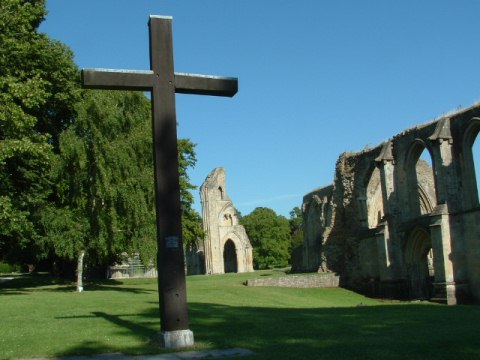
Many people, particularly in the North of England, were against the Dissolution. Here the old Catholic faith remained especially strong. In October 1536 a large rebel army of over 30,000 people marched to York and demanded that the monasteries should be reopened. This march became known as the Pilgrimage of Grace. The rebels were promised a pardon and a Parliament in York to discuss their demands, and they disbanded. However they had been tricked; Henry gave orders that the leaders of the rebellion should be arrested and around 200 people were executed.
So what were the immediate effects of the Dissolution of the Monasteries? Firstly, vast amounts of monastic land, gold and silver plate were transferred to the Crown. It is said that the King’s own treasury profited by about one and a half million pounds. However a great deal of the wealth Henry acquired through the Dissolution was spent on his wars with France and Scotland. The gentry and rich merchants who bought the land also prospered.
One of the saddest legacies of the Dissolution was the loss and destruction of monastic libraries and their precious illuminated manuscripts.
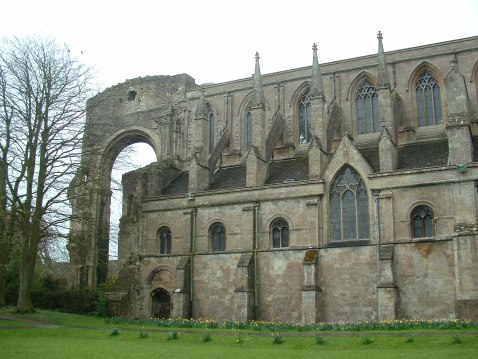
The nursery rhyme ‘Little Jack Horner’ is believed to be connected with the Dissolution of the Monasteries. The story goes that Thomas Horner was steward to Richard Whiting, the last abbot of Glastonbury. Prior to the abbey’s destruction, the abbot is said to have sent Horner to London with a huge Christmas pie which had the deeds to a dozen manors hidden within it. Apparently during the journey Horner opened the pie and stole the deeds of the manor of Mells in Somerset. The manor properties included lead mines, and it is suggested that the plum in the rhyme is a pun on the Latin plumbum, for lead. Records confirm that a Thomas Horner did indeed become the owner of the manor, however this does not confirm the legend.
“Little Jack Horner
Sat in the corner,
Eating a Christmas pie;
He put in his thumb,
And pulled out a plum,
And said ‘What a good boy am I!”
